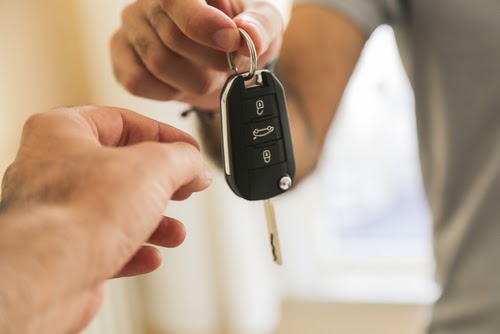VATS Keys and How They Work
VATS keys are essentially the first electronic keys and, as such, provide a much-needed improvement in vehicle safety from their predecessors. VATS keys have resistors embedded in them, and when someone inserts a VATS key into the ignition of their vehicle, an electrical current runs through the resistor inside. The resistor value is read by a computer inside the car, and if it is not the same as the value in the computer’s memory, the car will not be able to start. This function provides extra security because a few minutes of stalling is plenty of time for a car thief to choose another vehicle to pursue.
Also, duplicating a VATS key is not as simple as going to a key copier at the store. In order to copy a VATS key, a locksmith will use a VATS interrogator to determine the resistance value of the key as it is important that they match, and then the cuts can be copied onto the blank key.











